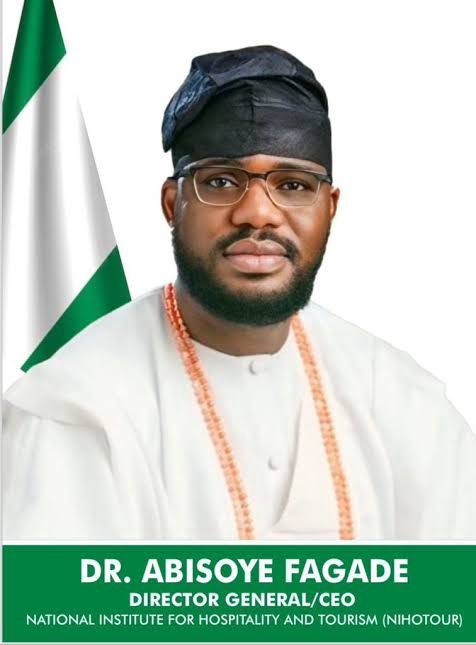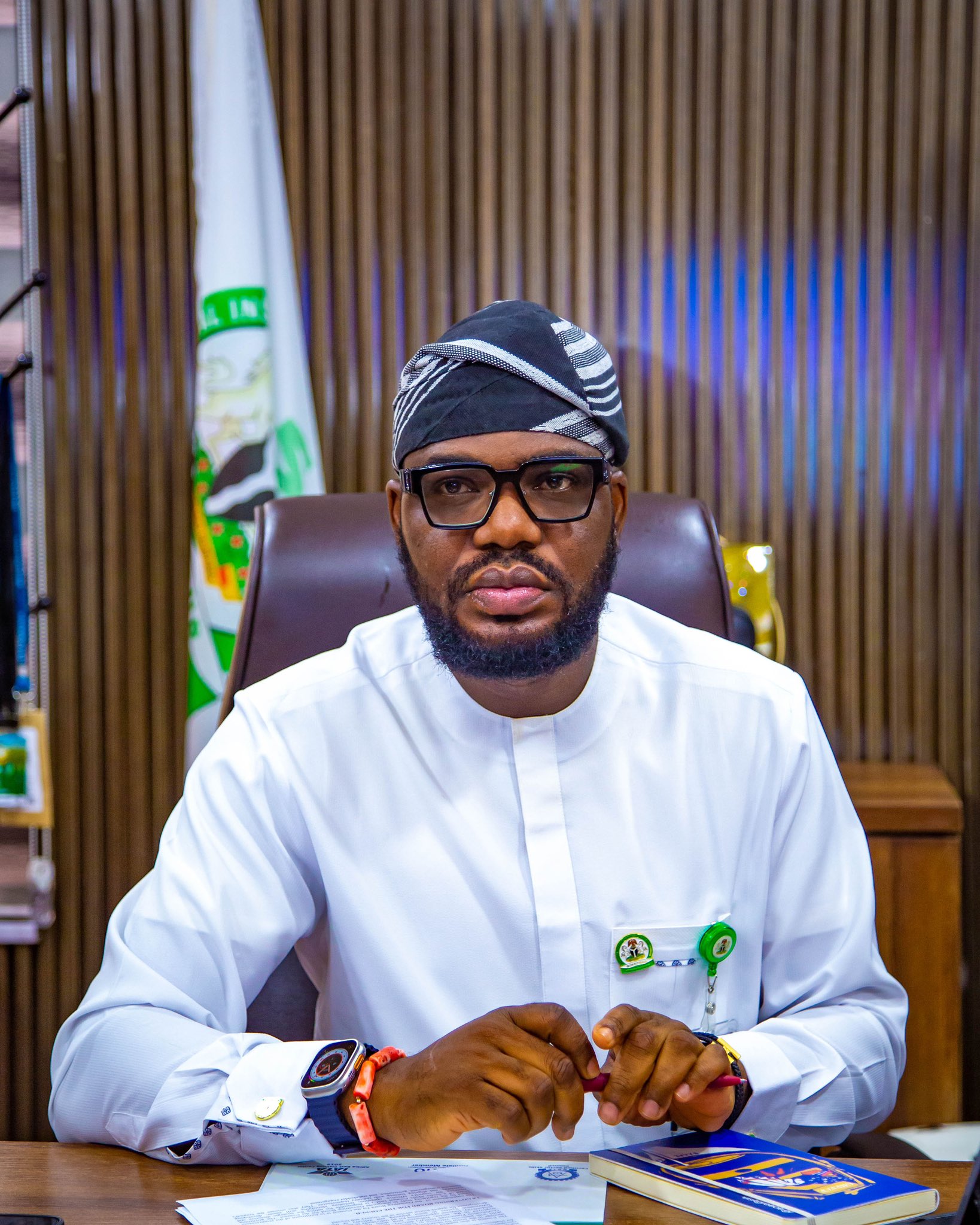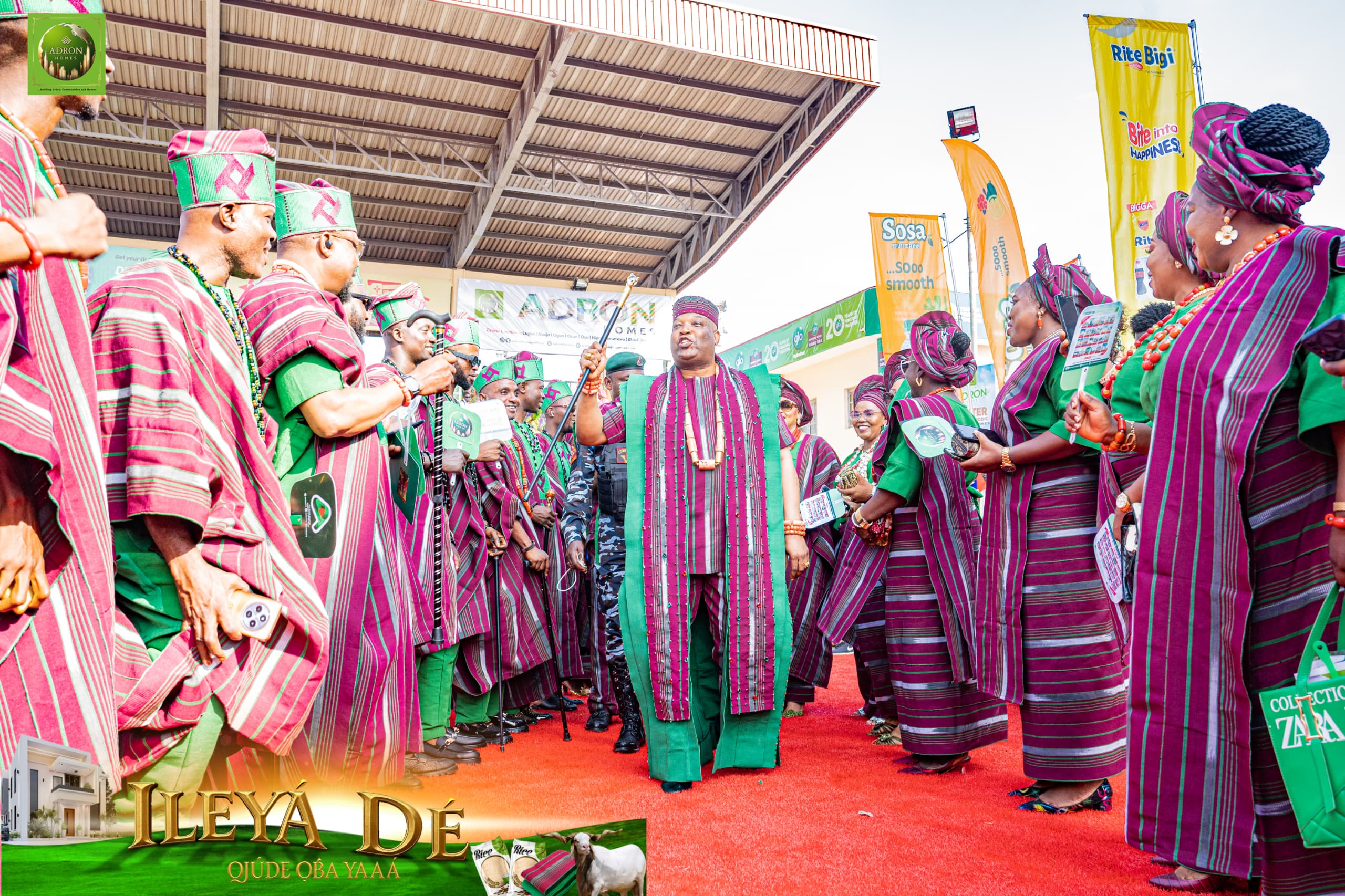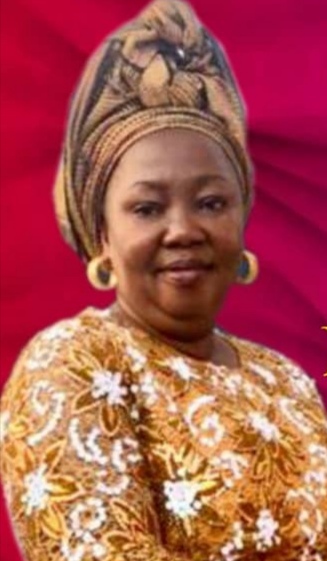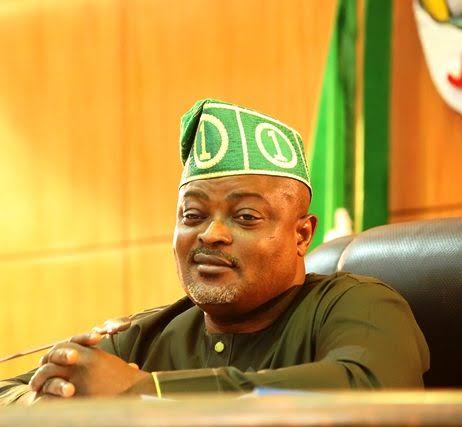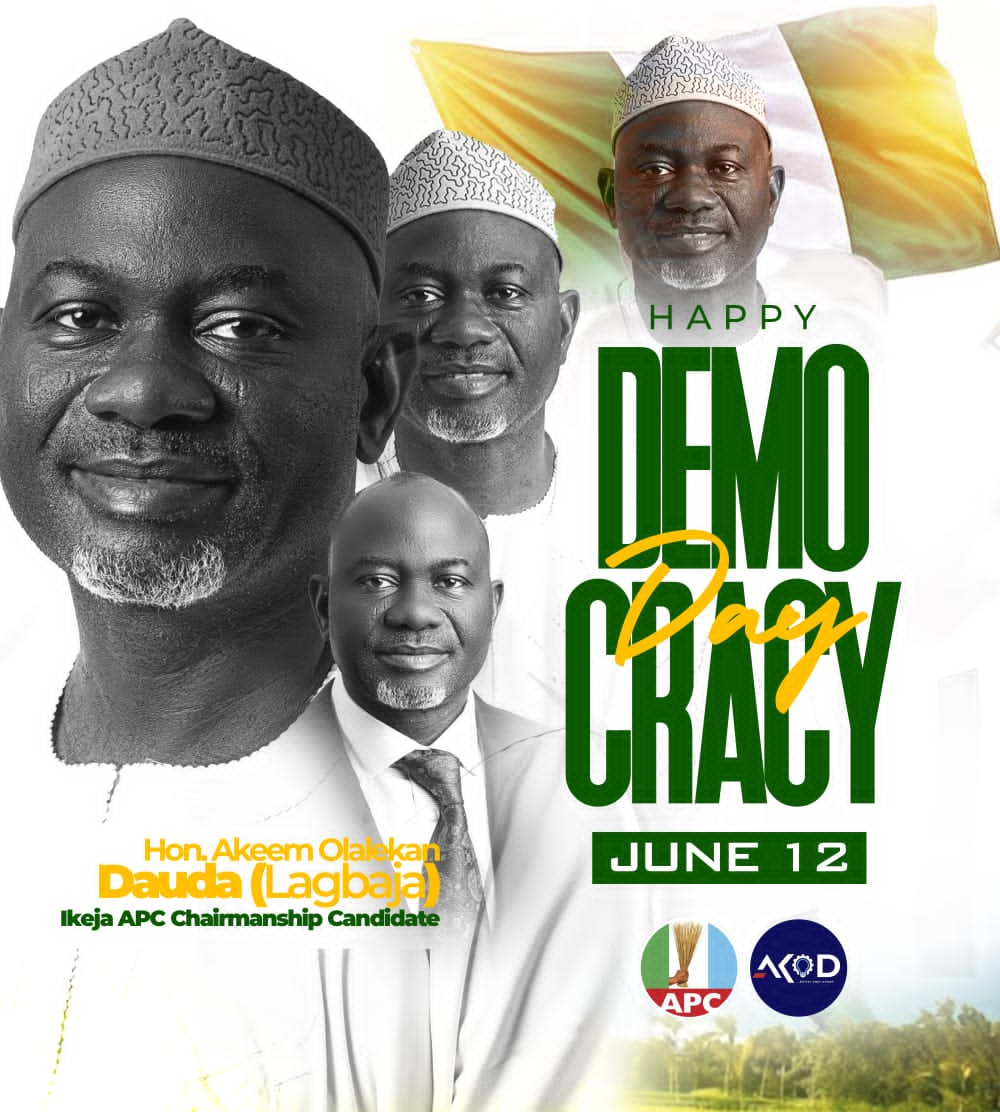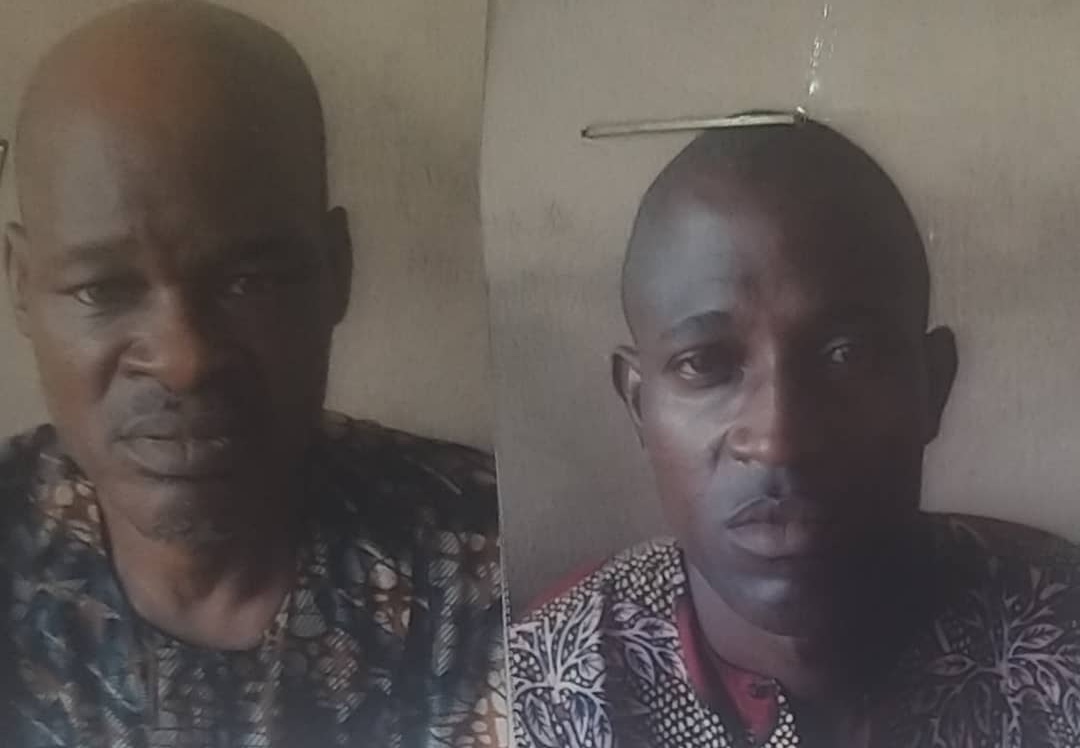BY YAHAYA YAHAYA
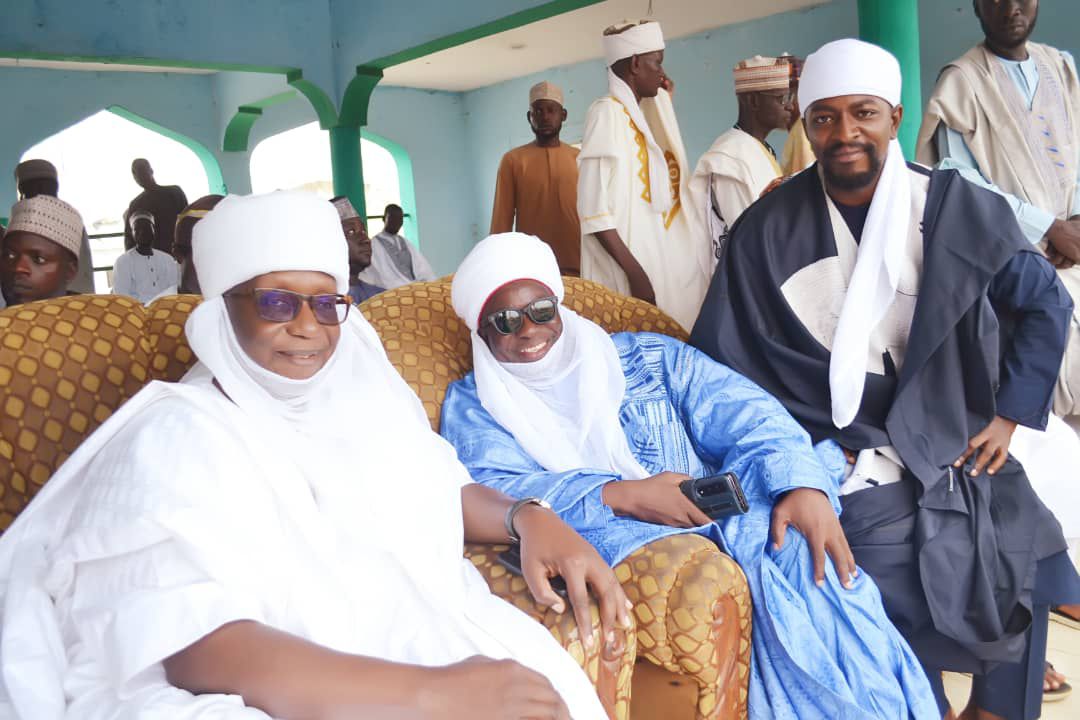
L-R: Mutawalli of Ilorin, Dr. Alimi Abdulrasaq, Danmasani of Ilorin & Chairman, Ilorin Emirate Durbar Committee Engr. Suleiman Oba Yahaya Alapansanpa, Yahaya Yahaya, Magayaki of Uke, Nasarawa
The 2025 Ilorin Emirate Durbar, held on the third day of Eid al-Adha (June 9, 2025), was more than just a spectacle of horses, culture, and colour. It was a public reaffirmation of who Ilorin is — a city of layered identities, rooted in faith, and grounded in the unshakable unity of its people.
This year’s theme, Unity in Diversity, wasn’t just a slogan. It reflected a living reality — that Ilorin is, and has always been, a city where different cultures, languages, and histories are not just tolerated, but embraced and interwoven.
From the palace to the old city interiors, from the processions to the pavilions, the Durbar reminded everyone that Ilorin is a place where Yoruba, Fulani, Baruba, Nupe, Hausa, Kanuri and other communities have lived as one for generations — not in theory, but in practice.
The story of Ilorin stretches back over 200 years, and its evolution into an Emirate is one of the most remarkable examples of how faith and diversity can shape governance and culture. As a frontier city that blended Islamic scholarship with existing traditions, Ilorin grew into a unique urban centre — one that values its religious leadership while still preserving local customs and language.
The early 19th century saw Ilorin become a prominent Islamic Emirate under the spiritual influence of Shehu Alimi, whose legacy still shapes the moral and religious identity of the city today. But what made Ilorin distinct was its ability to absorb and unify — Nupe scholars, Baruba warriors, Kanuri settlers, Hausa traders, and indigenous families all found space within Ilorin’s expanding civic and spiritual structure. That inclusive spirit is not symbolic — it is practical. It is how the city was formed and how it has endured.
That unity has been tested. The battles of Ita Kudimo and Ita Ogunbo remain a key part of Ilorin’s collective memory — episodes where the city had to defend itself from the combined forces of the old Oyo empire and Baruba’s to the North. One of the most striking historical accounts describes an attack launched during Eid prayers — a moment when the city was supposed to be at rest.
But Ilorin’s defenders rallied, repelled the invasion, and reasserted their control. These were not just military victories. They became defining moments in the city’s identity — a declaration that Ilorin will always stand together when it matters most.
Durbar, today, is not a re-enactment of those events — but it is a reminder. It reminds us that the unity we celebrate was built through sacrifice, discipline, and shared purpose. And every year, when the Emir emerges from the palace and proceeds through the old city, it is more than a ceremonial ride — it is a public recommitment to the bond between the throne and the people.
This year’s Durbar retained that sacred character. The Emir was led through streets not protected by military convoys, police barricades, or armed escorts — but by his traditional guards, holding only whips. There were no sirens. No armoured vehicles. Because in Ilorin, the people are the protection. The Emir doesn’t need to be shielded from his people — he is shielded by them. That’s not a gesture; it’s a relationship built over centuries.
Another defining feature of this year’s Durbar was the emergence of aso-ebi as a tool for community organisation. Uniform fabrics — chosen by families, streets, associations, or entire districts — were not just a fashion statement. They were a social framework. Planning for aso-ebi required weeks of conversation, coordination, and contribution. In the process, families abroad reconnected with those at home, groups met regularly, tailors got to work, and the community got busy. The result? The city didn’t just look united. It was united.
Durbar 2025 also showcased the impact of youth participation. Young people led media coverage, coordinated logistics, and documented the festival with fresh energy and modern storytelling.
The festival was livestreamed and shared globally in real time, with clips and commentary flooding social media from Oja-Oba to London. Ilorin showed that it could hold on to its traditions without closing the door to innovation.
Through all of this, one thing remains true: Ilorin works not because it has one culture, but because it honours all of them. It is held together not by uniformity, but by a shared sense of meaning. While many other societies struggle with managing diversity, Ilorin simply lives it — through prayer, through leadership, and through moments like the Ilorin Durbar.
The 2025 edition was not without its logistical challenges — a festival of this scale always has some. But what it had in abundance was purpose, pride, and peace. And in a country still searching for models of cohesion, Ilorin has quietly offered one, year after year.
As the sun set over the city and the Emir returned to the palace, there was a quiet sense of satisfaction across the emirate. Another Durbar, successfully delivered. Another message, clearly sent. And the people — from Sabo Oke to Gambari, from Okelele to Pakata — all knew: this is ours.
Ilorin Durbar 2026 is already in sight. And if the story remains the same — of unity, order, and belonging — then the next chapter will be even stronger.
And in Ilorin, we don’t just look forward to it. We begin preparing now.
Yahaya Yahaya, the Magayaki of Uke, Nasarawa State, writes from Ilorin

